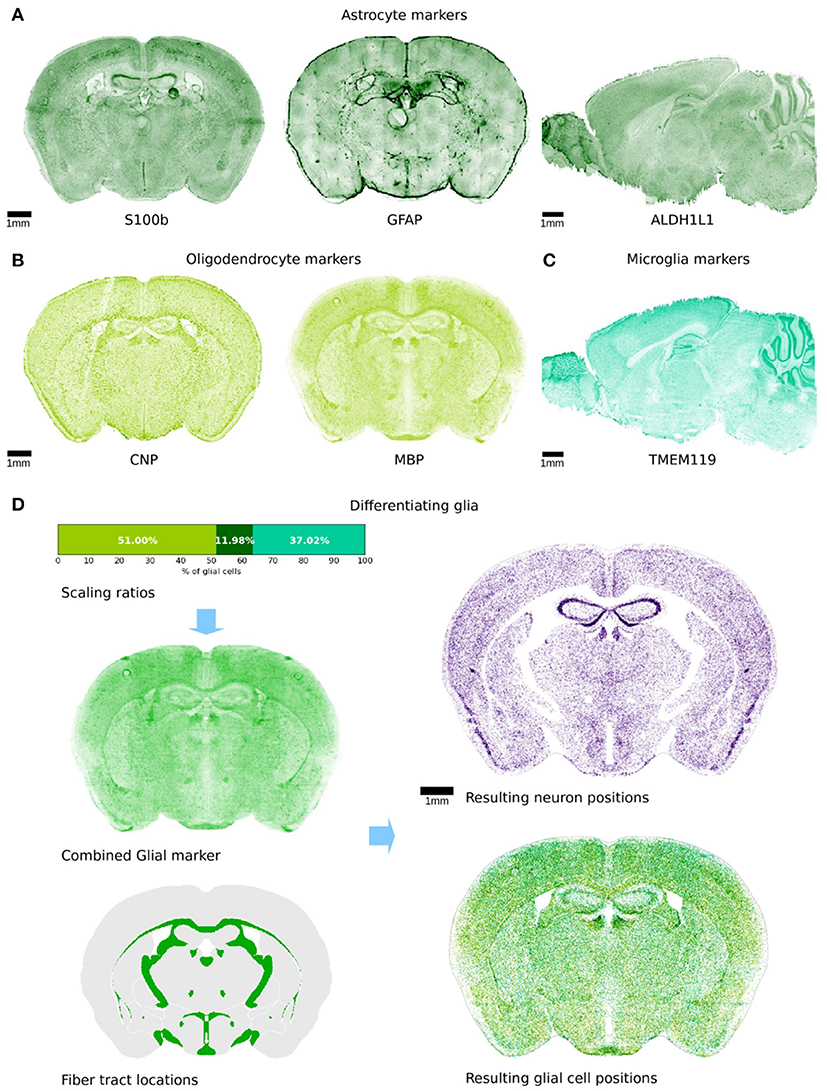

Lawes IN, Barrick TR, Murugam V, Spierings N, Evans DR, Song M, Clark CA (2008) Atlas-based segmentation of white matter tracts of the human brain using diffusion tensor tractography and comparison with classical dissection. Brain 120(Pt 1):141–157īoling W, Parsons M, Kraszpulski M, Cantrell C, Puce A (2008) Whole-hand sensorimotor area: cortical stimulation localization and correlation with functional magnetic resonance imaging. Yousry TA, Schmid UD, Alkadhi H, Schmidt D, Peraud A, Buettner A, Winkler P (1997) Localization of the motor hand area to a knob on the precentral gyrus. J Neurosurg 91:903–910īoling WW, Olivier A (2004) Localization of hand sensory function to the pli de passage moyen of Broca. Reinwald, Paris, pp 739–804īoling W, Olivier A, Bittar RG, Reutens D (1999) Localization of hand motor activation in Broca's pli de passage moyen. J Hist Neurosci 16:237–267īroca P (1888) Mémoires sur le cerveau de l'homme et des primates. Schmahmann JD, Pandya DN (2007) Cerebral white matter-historical evolution of facts and notions concerning the organization of the fiber pathways of the brain. Gonzalez-Darder JM, Gonzalez-Lopez P, Talamantes F, Quilis V, Cortes V, Garcia-March G, Roldan P (2010) Multimodal navigation in the functional microsurgical resection of intrinsic brain tumors located in eloquent motor areas: role of tractography. Cortex 48:273–291Īnwander A, Tittgemeyer M, von Cramon DY, Friederici AD, Knosche TR (2007) Connectivity-based parcellation of Broca's area. Am J Psychiatry 164:1005Ĭatani M, Dell'acqua F, Vergani F, Malik F, Hodge H, Roy P, Valabregue R, Thiebaut de Schotten M (2012) Short frontal lobe connections of the human brain. Mori S, van Zijl P (2007) Human white matter atlas. Cereb Cortex 7:18–30īoling W, Olivier A, Fabinyi G (2002) Historical contributions to the modern understanding of function in the central area. I: morphology and cytoarchitecture of the central sulcus. White LE, Andrews TJ, Hulette C, Richards A, Groelle M, Paydarfar J, Purves D (1997) Structure of the human sensorimotor system. Zilles K, Schlaug G, Matelli M, Luppino G, Schleicher A, Qu M, Dabringhaus A, Seitz R, Roland PE (1995) Mapping of human and macaque sensorimotor areas by integrating architectonic, transmitter receptor, MRI and PET data. Geyer S, Schleicher A, Zilles K (1997) The somatosensory cortex of human: cytoarchitecture and regional distributions of receptor-binding sites. Zilles K, Amunts K (2010) Centenary of Brodmann's map-conception and fate. These results raise questions about the functional role of these MRI tracks and their relation with laterality. The statistical analysis showed significantly more MRI tracks for the left hemisphere, when we consider the whole population, and this difference was presumably driven by the left-handers. The quantitative analysis showed an increased density of MRI tracks in the middle part of the central area in each hemisphere of the 20 subjects. A statistical analysis studied the repartition of these MRI tracks in the right and left hemispheres and as a function of the subjects' handedness. A quantitative analysis was performed on the number of tracks connecting each ROI pair. MRI tracks were reconstructed between all pairs of ROIs connecting the adjacent pre- and postcentral gyri. This parcellation was achieved using T1 magnetic resonance images (MRI) and semi-automatically generated three ROIs within each gyrus.

White matter fiber bundles were extracted using a streamline tractography approach, with two seed regions of interest (ROI) taken from a parcellation of the pre- and postcentral gyri. Ten right-handed and ten left-handed healthy subjects were included. The aim of this study was first to extract and analyze the features of these short fiber bundles and secondly to analyze their asymmetry according to the subjects' handedness. Electrophysiological studies and postmortem dissections permit improving our knowledge about the short association fibers connecting the pre- and postcentral gyri. Diffusion tensor imaging and tractography allow studying white matter fiber bundles in the human brain in vivo.


 0 kommentar(er)
0 kommentar(er)
